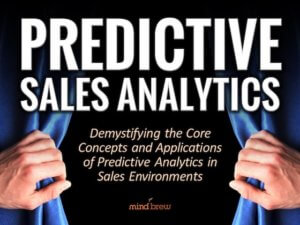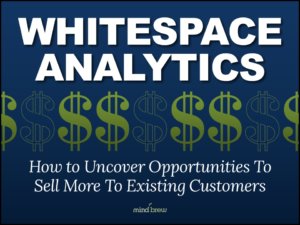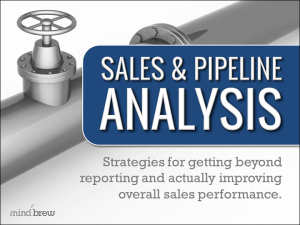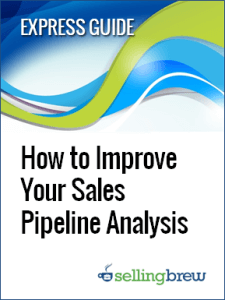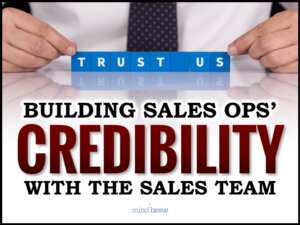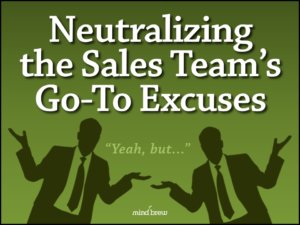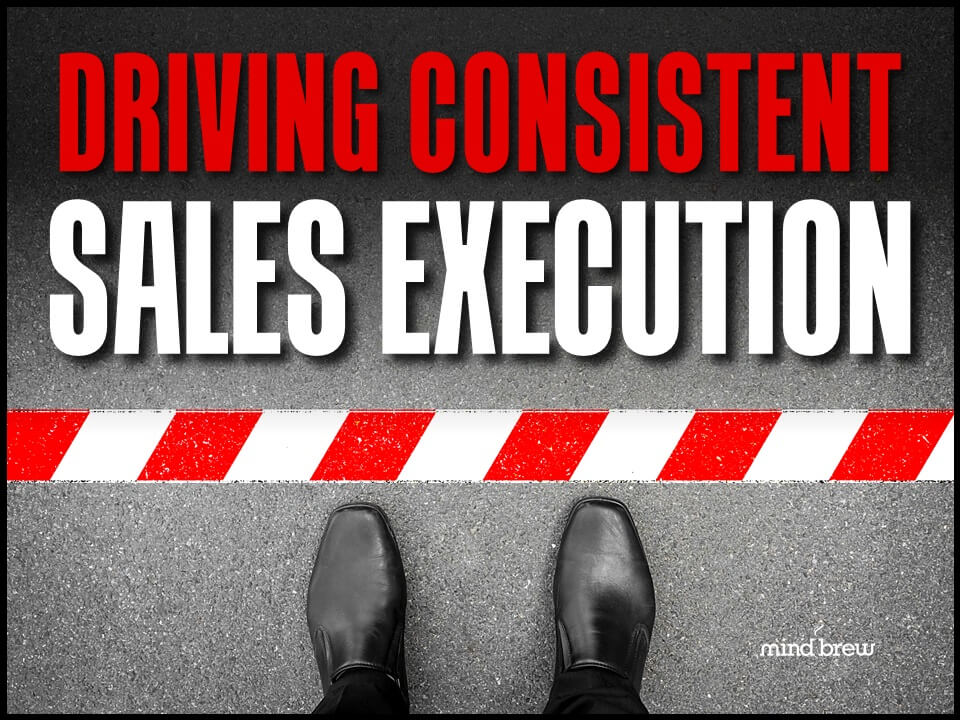If your sales ops team is like most, you probably hear almost daily from vendors offering to sell you “predictive analytics.”
We have to admit: whenever we see these sales pitches, it makes us laugh a little bit. Well, we laugh on the days when we don’t want to feel irritated.
You see, predictive analytics isn’t something you can buy. Someone offering to sell you predictive analytics is a little like someone offering to sell you math. Sure, you can buy tools or software that can help you do math, but you can’t really buy math. The same is true for predictive analytics. You can buy tools that can help you do predictive analytics, but you can’t buy predictive analytics.
The truth is, you don’t need any fancy software to do predictive analytics. Yes, software makes it easier, kind of like a calculator or a spreadsheet application makes it easier to do math. But it isn’t actually necessary.
Fundamentally, predictive analytics has four steps:
- Define the problem or identify the outcome you want to predict. You can’t come up with an answer until you know what the question is.
- Analyze your data to identify and isolate the predictive patterns. This is where the tools come in. Software can help you identify predictive patterns, but you’ll need to make sure any patterns you find are actionable.
- Use relevant findings to test and develop a repeatable model. If you have what looks like some useful predictors, combine them into algorithms and refine them until you have the level of accuracy that you want. Again, software can help with this, but the software isn’t enough on its own.
- Deploy that predictive model to positively influence behaviors. A model is only useful if you also find a way to use it effectively within your organization.
So what does this process look like in the real world?
Imagine that in step one you identify that you want to figure out which customers you could sell more products to and which products you should be offering them.
In step two, you’re going to analyze 12 months of sales data. You’ll tease out the characteristics that seem important, organize your customers into segments, and a develop a benchmark of how much customers in different segments typically buy. Then you have a simple subtraction problem to identify what a customer should be buying minus what they are actually buying.
Then in step three, you’ll want to test and refine that model. Have a couple salespeople use the model to try to upsell customers with big gaps between the benchmark and their actual spending. Take what you learn from that process and use it to make the model better.
Finally, come up with a way to notify the salespeople of potential opportunities. It could be as simple as sending them an email or as complicated as a software dashboard. The key is that you’re using something that fits in with their usual process and makes the information easy to understand.
Of course, this description is simplified and stays at a pretty high level. There’s only so much we can cover in a 600-word blog post. The point is that predictive analytics isn’t rocket science. It’s a process just about anyone can follow. But it will only be really useful if you have a solid understanding of sales analytics.
If you’d like to dig deeper into the details of predictive analytics, check out the Predictive Analytics webinar and the Whitespace Analytics webinar. They go into a whole lot more detail about how to do predictive analytics and, more importantly, when and why you want to use it.
Just like math, predictive analytics is an awesome tool. But it’s only really helpful if you know how to apply it.

